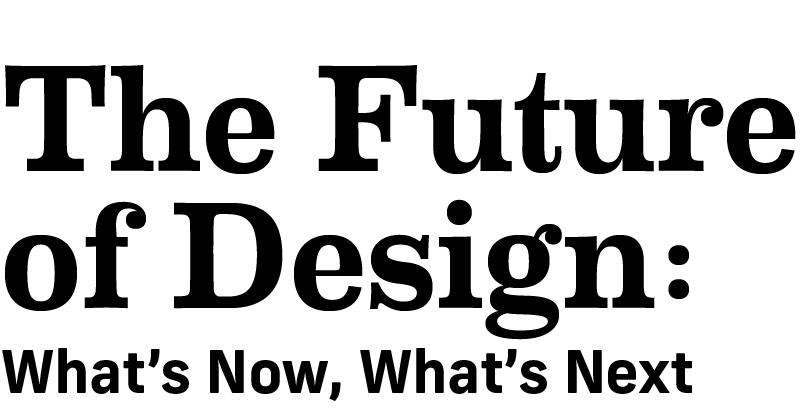While a number of approaches to household models of care exist, there are certain pieces that must come together to truly create home, or the "intense, individualized relationship between a person and their environment," said LaVrene Norton, founder and principal of Action Pact Design (Milwaukee).
Norton was joined by Tracy Anderson, principal architect at Action Pact (Manhattan, Kan.), for the session "Right from the Start" during the EFA Conference in Anaheim, Calif., exploring not only what defines household models but how early integration of a number of stakeholders can better achieve that vision.
The Action Pact team narrowed in on four key pieces to the household model puzzle: organizational structure, physical environment, resident-centered services, and finance. For example, a perfect setting may be created but without the appropriate leadership support in an organization, that setting won't be effective at truly creating home.
So Norton stressed recursiveness, or a model that defines the way something should be done and then that model is repeated to create a stronger whole, meaning from senior leadership to residents to housekeeping staff, all stakeholders embrace the model of home and carry it out. Those goals should include elements such as staff empowerment to see issues and act to solve them or find the appropriate person who can, or resident independence to feel in charge of their own lives.
And while the long-term care industry overall has shifted toward acceptance and adoption of these types of small home models, Anderson said it's not as easy as just saying that's what a community is. "How do you, as a community, get there?"
For Action Pact, the answer was found in a highly integrated collaborative effort involving numerous stakeholders in a 5 to 7-day process of discussing and dissecting every aspect of the shift to household care being proposed, covering those four key elements. "We run everything up the flagpole," Anderson said.
Groups include senior leadership, staff, residents/family, a financial forecaster, a contractor/cost estimator, an architect, and a facilitator to manage the process. It's formed in a non-hierarchical manner so that no one opinion outweighs another, allowing the group to hash out all members' concerns in order to come to resolution and buy-in.
While it's often not a typical process for senior care design projects, Anderson recommended that architects not shield clients from this type of integrated team environment for a project of this scale. "This is critical for changing lives," he said.
The collaboration often begins with aligning around a shared vision, next moving into the program and services the team thinks should be offered. As-built drawings of an existing structure can then be placed into BIM models to start knocking down walls and reconfiguring an environment into a household plan. At the same time, the financial forecaster is there with an outlook of projected revenue for coming years, reeling ideas in if not sustainable in the future, with the contractor/cost estimator also on hand to predict prices for proposed structural or site work.
While this type of analysis digs in fairly deeply, Anderson noted there are limitations such as codes and regulations that wouldn't be accounted for at this stage, or that cost estimates may not be right on target for where costs will be at the actual stage of construction. But, overall, it paints a clear enough picture to know what the proper next step may be. "It's where you have to start," he said.
In the end, these integrated teams can walk away with what's essentially a business plan that's about 25 percent into the schematic stages of design, with cost and financial outlooks in place to determine if those goals can be achieved now or if an organization needs to wait. "That becomes a go or no-go spot for the client," Anderson said.
The documentation created is then easily available for a number of uses, from turning it over to a bank when seeking financing or to an architect to build the final vision.









